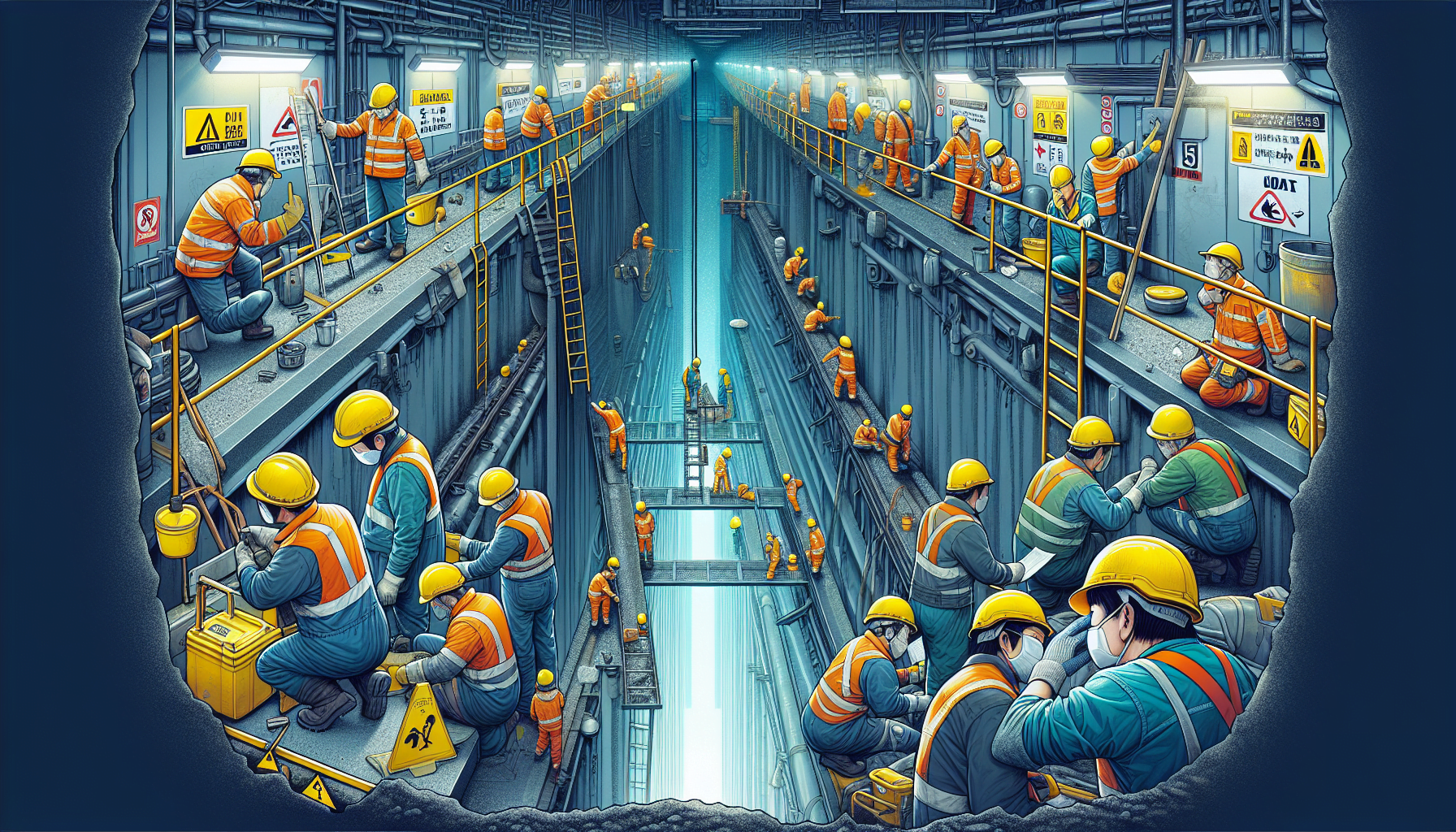When it comes to warehouse operations, safety is of utmost importance. With the growing complexity and demands of modern warehouses, addressing safety concerns becomes crucial in order to ensure the well-being of employees and the smooth function of operations. One key aspect of warehouse safety is addressing human factors in Powered Industrial Truck (PIT) safety.
The Role of Human Factors in PIT Safety
Powered Industrial Trucks, commonly known as forklifts, are an integral part of warehouse operations. They are heavily relied upon to move heavy loads, stack pallets, and transport goods within the facility. However, accidents involving PITs can result in serious injuries or even fatalities.
Many factors contribute to these accidents, and a significant portion can be attributed to human factors. Human factors encompass aspects such as the knowledge, skills, behavior, and decision-making abilities of the individuals operating the PITs. It is essential to address these factors to minimize the risk of accidents and promote a safe working environment.
Here are some key human factors that need to be considered and addressed:
- Training and Education: Proper training and education are fundamental when it comes to PIT safety. Operators should undergo rigorous training programs to understand the equipment, its limitations, and safe operating procedures. Regular refresher courses can help reinforce knowledge and highlight any updates or changes in regulations.
- Experience and Competence: Experience plays a crucial role in operating PITs safely. Seasoned operators are more likely to have honed their skills and have a better understanding of potential risks and challenges. However, even experienced operators should undergo regular evaluations to ensure ongoing competence.
- Perception and Situational Awareness: The ability to perceive potential hazards and maintain situational awareness is vital in avoiding accidents. Operators should be trained to effectively scan their surroundings, identify potential risks, and make quick decisions to mitigate them.
- Communication: Effective communication is key to maintaining safety in a warehouse environment. Clear and concise communication between operators, supervisors, and other personnel is crucial to coordinate movements, share information about potential hazards, and ensure that everyone is aware of the ongoing operations.
- Workplace Culture: Creating a positive safety culture within the warehouse is essential for addressing human factors. This includes fostering a sense of responsibility for safety among all employees, encouraging reporting of near misses and hazards, and providing avenues for continuous improvement.
Addressing human factors in PIT safety requires a proactive approach. Here are some strategies that can be implemented:
- Comprehensive Training Programs: Develop comprehensive training programs that cover all aspects of PIT operation, including safe operating procedures, load handling techniques, and emergency response. Use a combination of classroom training, hands-on practice, and simulation exercises to ensure competence.
- Regular Evaluations: Implement regular evaluation processes to assess the skills, knowledge, and behavior of PIT operators. This can involve practical assessments, theoretical tests, and observation of operators in real-life scenarios.
- Continuous Improvement: Encourage a culture of continuous improvement by soliciting feedback from employees and involving them in the development of safety procedures. Regularly review and update safety protocols based on lessons learned and industry best practices.
- Communication Channels: Establish effective communication channels that allow operators to report hazards, near misses, and safety concerns without fear of reprisal. Regular safety meetings and toolbox talks can also provide opportunities to discuss safety issues and disseminate important information.
- Technology Utilization: Leverage technology to enhance PIT safety. Implement features such as proximity sensors and speed limiters on PITs to alert operators of potential hazards and prevent accidents. Explore the use of wearable technology, such as smart vests or helmets, that can provide real-time feedback and guidance to operators.
Warehouse safety evaluations play a vital role in addressing human factors in PIT safety. These evaluations provide an in-depth analysis of the warehouse environment, equipment, and the behavior of operators. By identifying potential risks and areas for improvement, warehouse safety evaluations help in developing targeted strategies to enhance safety and reduce the likelihood of accidents.
In conclusion, addressing human factors in PIT safety is crucial for maintaining a safe working environment in warehouses. By focusing on training, experience, perception, communication, and workplace culture, companies can minimize the risk of accidents and ensure the well-being of their employees. Implementing comprehensive training programs, regular evaluations, continuous improvement processes, effective communication channels, and leveraging technology can significantly improve PIT safety. Warehouse safety evaluations play a pivotal role in this process by providing valuable insights and actionable recommendations. By addressing human factors and prioritizing safety, companies can optimize warehouse operations and create a secure working environment for all.

